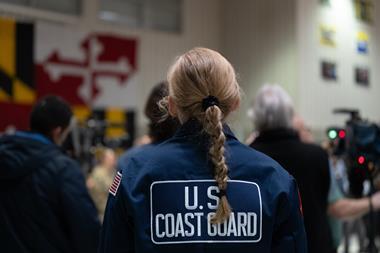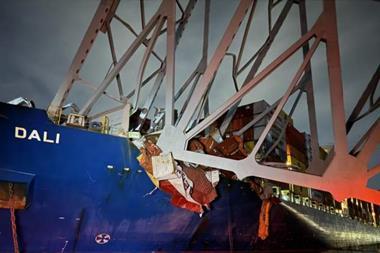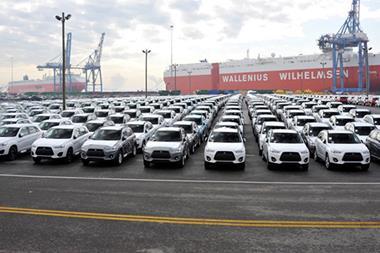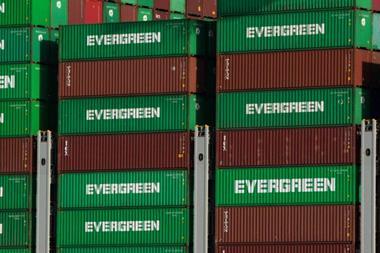Vessels that had been bound for Baltimore port have started to re-route after the cargo vessel Deli collapsed the Francis Scott Key Baltimore bridge in Maryland.
Baltimore is the busiest US vehicle-handling port in the US, with its vehicle terminals, including Dundalk and Fairfield, having moved 847,158 vehicles in 2023. The port has a skilled workforce, the advantages of interstate transport links and four terminal operators (Amports, Pasha Auto Services, Ports America and Wallenius Wilhelmsen Solutions), making it a popular port for finished vehicle logistics. But with the port out of action indefinitely to clear debris, FVL firms are having to re-route vessels to other US ports.

Most of these vessels have been re-routed to New York, according to Mirko Woitzik, global director of intelligence, Everstream Analytics. He said that container ships and vehicle carriers expected to call at the Baltimore port in the next four days have diverted to New York, while others are headed for Norfolk or Philadelphia.
Woitzik added: “The majority of bulk and vehicle carriers still hasn’t been re-routed or will continue to call at accessible vehicle handling terminals in Baltimore.”
The unexpected diversions and constrained capacity could cause bottlenecks in the supply chain, adding to constraints on labour, equipment handling and trucking availability.
“This is especially the case for vehicles that need specialist equipment and dockworkers to handle the cars,” Woitzik said.
Patrick Lepperhoff, principal at Inverto, part of Boston Consulting Group, said the blockade of the port will have “little impact” on vessels moving between the USA and Europe, but agreed with Woitzik that the New York and Norfolk ports are likely to see an influx of vessels. However, Lepperhoff believes that the diversion ports will be fit to handle the extra demand.
“In the last quarter of 2023, around 260,000 standard containers were loaded and unloaded at the port,” he said. “This volume can be diverted to the neighbouring ports of New York and Norfolk. For these ports, this means around 10% higher volumes, and the harbours should have this capacity.”



























No comments yet